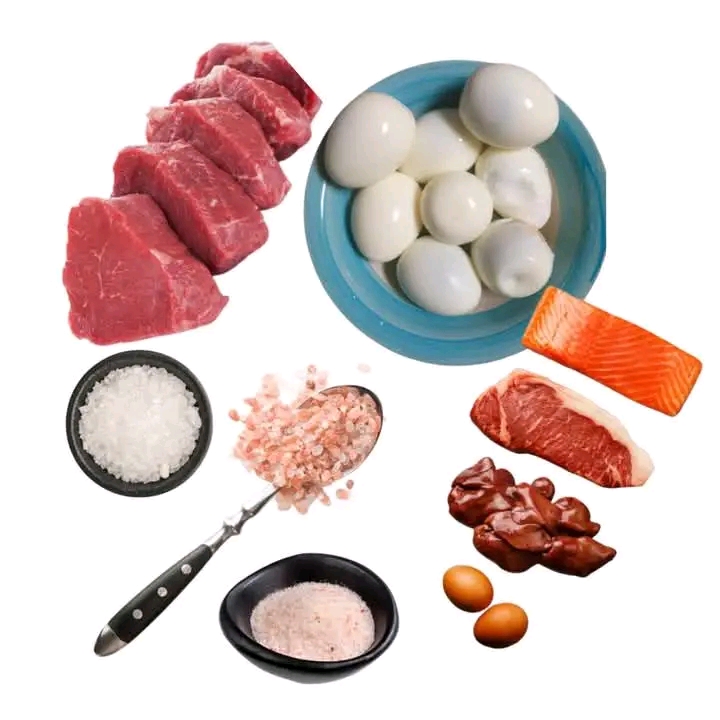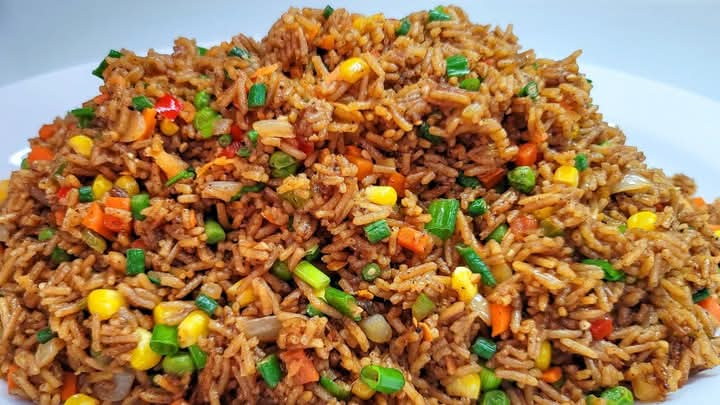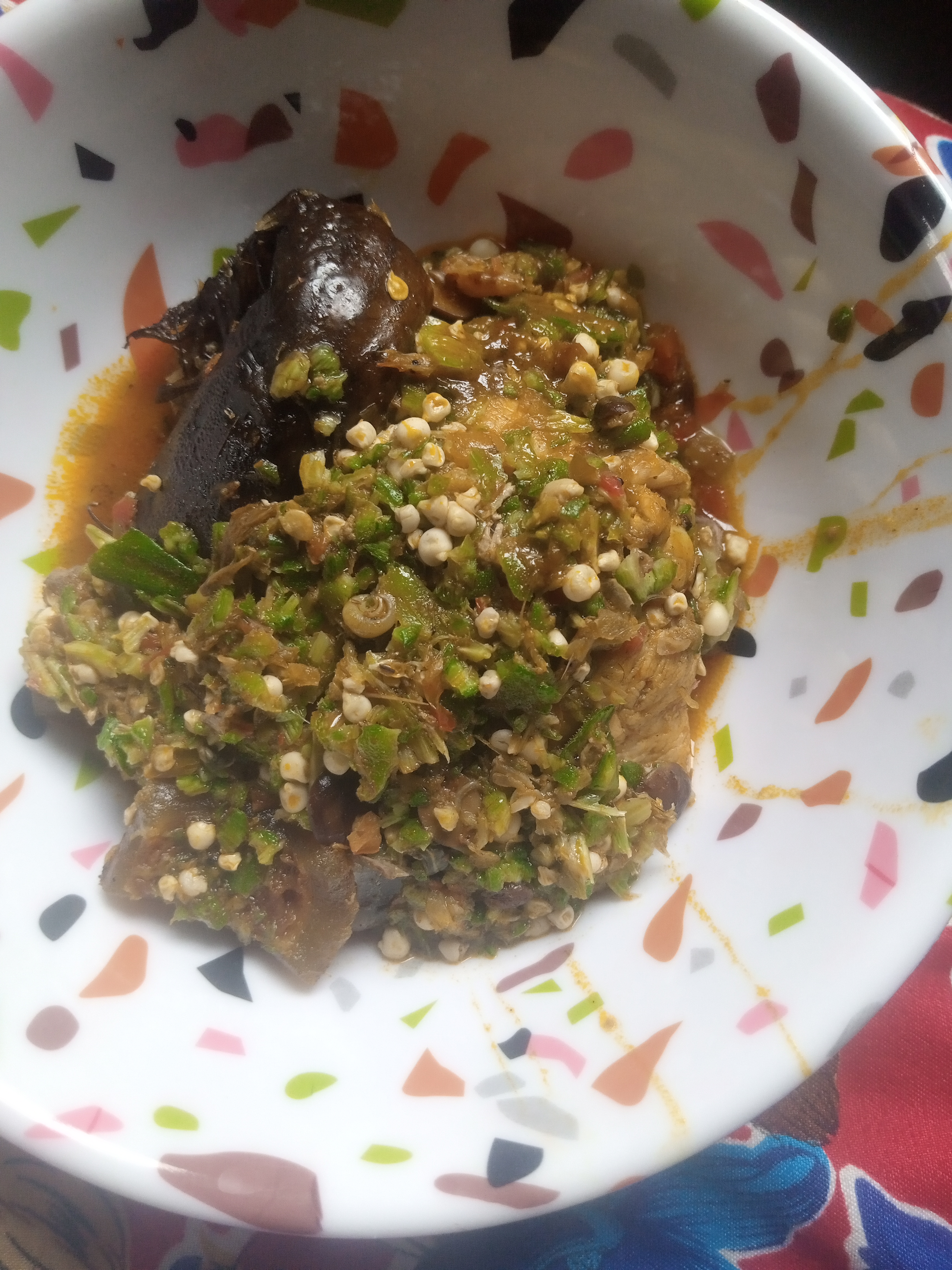“Eating healthy is expensive”
“I don’t have time to cook”
STOP PLAYING CHESS WITH YOUR HEALTH
Here are some cooking ideas to help you create quick healthy recipes.
You can try on a go.
The foods listed will help you:
-Prevent unnecessary weight gain
-Boost your mood
-Revive your energy
And make you feel good again.
The key to healthy eating should not emphasize on “balance diet” in other words balance diet is an old paradigm that should be discarded for good.
Because, “balanced diet” modeled around eating more carbs, less protein and fats.
This is not a sustainable way to eat especially if you are seeking to lose or maintain weight and also optimize your micronutrients intake.
So the most nutrient dense food should be your priority.
They are(in order of nutrient density/availability):
1. Meats:beef, chicken,goat meat, ponmo, turkey, rabbit, pork, wild game etc.
2. Eggs(Any edible eggs available).
3. Offals; Liver, hearts, intestines, and lungs of ruminants
4. Seafoods: All edible fish in the order of nutrient density fresh fish>smoked fish>dry fish. Limit frying of fish; shrimp, prawns, crabs,oysters, sea snails, calamari etc.
5. Seasonal fruits: mango, African star apple(udara), Avocado, among other seasonal fruits.
6. Non starchy vegetables: Local vegetables; cucumber, garden eggs, tomatoes, green peas, green beans, bell peppers carrots, etc. Leafy greens; pumpkin leaf,garden egg leaf, spinach etc. Exotic vegetables; cauliflower, broccoli, Brussels sprouts, and Kale.
7. Starchy vegetables: Grains; rice. Tuber; yam, potatoes, coco yam. Legumes; Beans, lentils.
This category is where you should practice moderation and must be paired with any of the above categories.
It’s very important not to forget the healthy fats category.
Choose from: olive oil, coconut oil, beef tallow, Avocado oil(most in Nigerian markets are fake) lard, ghee, butter and pure palm oil.
My Favorite quick combos.
1. Yam and egg sauce
2. 4-5 boiled eggs with mix vegetable sauce.
3. 4 Egged omelette with mixed vegetables sautéed in olive oil on side.
4. Any of yam or plantain porridge with smoked fish.
5. Boiled Beef and Salt.
You can also try rice with plenty of leafy greens and boiled eggs.
Beans cooked with plenty crayfish and smoked fish.
Any swallow of choice except semo and wheat(portion controlled) with plenty protein rich soups.
Thanks for reading.
“I don’t have time to cook”
STOP PLAYING CHESS WITH YOUR HEALTH
Here are some cooking ideas to help you create quick healthy recipes.
You can try on a go.
The foods listed will help you:
-Prevent unnecessary weight gain
-Boost your mood
-Revive your energy
And make you feel good again.
The key to healthy eating should not emphasize on “balance diet” in other words balance diet is an old paradigm that should be discarded for good.
Because, “balanced diet” modeled around eating more carbs, less protein and fats.
This is not a sustainable way to eat especially if you are seeking to lose or maintain weight and also optimize your micronutrients intake.
So the most nutrient dense food should be your priority.
They are(in order of nutrient density/availability):
1. Meats:beef, chicken,goat meat, ponmo, turkey, rabbit, pork, wild game etc.
2. Eggs(Any edible eggs available).
3. Offals; Liver, hearts, intestines, and lungs of ruminants
4. Seafoods: All edible fish in the order of nutrient density fresh fish>smoked fish>dry fish. Limit frying of fish; shrimp, prawns, crabs,oysters, sea snails, calamari etc.
5. Seasonal fruits: mango, African star apple(udara), Avocado, among other seasonal fruits.
6. Non starchy vegetables: Local vegetables; cucumber, garden eggs, tomatoes, green peas, green beans, bell peppers carrots, etc. Leafy greens; pumpkin leaf,garden egg leaf, spinach etc. Exotic vegetables; cauliflower, broccoli, Brussels sprouts, and Kale.
7. Starchy vegetables: Grains; rice. Tuber; yam, potatoes, coco yam. Legumes; Beans, lentils.
This category is where you should practice moderation and must be paired with any of the above categories.
It’s very important not to forget the healthy fats category.
Choose from: olive oil, coconut oil, beef tallow, Avocado oil(most in Nigerian markets are fake) lard, ghee, butter and pure palm oil.
My Favorite quick combos.
1. Yam and egg sauce
2. 4-5 boiled eggs with mix vegetable sauce.
3. 4 Egged omelette with mixed vegetables sautéed in olive oil on side.
4. Any of yam or plantain porridge with smoked fish.
5. Boiled Beef and Salt.
You can also try rice with plenty of leafy greens and boiled eggs.
Beans cooked with plenty crayfish and smoked fish.
Any swallow of choice except semo and wheat(portion controlled) with plenty protein rich soups.
Thanks for reading.
“Eating healthy is expensive”
“I don’t have time to cook”
STOP PLAYING CHESS WITH YOUR HEALTH
Here are some cooking ideas to help you create quick healthy recipes.
You can try on a go.
The foods listed will help you:
-Prevent unnecessary weight gain
-Boost your mood
-Revive your energy
And make you feel good again.
The key to healthy eating should not emphasize on “balance diet” in other words balance diet is an old paradigm that should be discarded for good.
Because, “balanced diet” modeled around eating more carbs, less protein and fats.
This is not a sustainable way to eat especially if you are seeking to lose or maintain weight and also optimize your micronutrients intake.
So the most nutrient dense food should be your priority.
They are(in order of nutrient density/availability):
1. Meats:beef, chicken,goat meat, ponmo, turkey, rabbit, pork, wild game etc.
2. Eggs(Any edible eggs available).
3. Offals; Liver, hearts, intestines, and lungs of ruminants
4. Seafoods: All edible fish in the order of nutrient density fresh fish>smoked fish>dry fish. Limit frying of fish; shrimp, prawns, crabs,oysters, sea snails, calamari etc.
5. Seasonal fruits: mango, African star apple(udara), Avocado, among other seasonal fruits.
6. Non starchy vegetables: Local vegetables; cucumber, garden eggs, tomatoes, green peas, green beans, bell peppers carrots, etc. Leafy greens; pumpkin leaf,garden egg leaf, spinach etc. Exotic vegetables; cauliflower, broccoli, Brussels sprouts, and Kale.
7. Starchy vegetables: Grains; rice. Tuber; yam, potatoes, coco yam. Legumes; Beans, lentils.
This category is where you should practice moderation and must be paired with any of the above categories.
It’s very important not to forget the healthy fats category.
Choose from: olive oil, coconut oil, beef tallow, Avocado oil(most in Nigerian markets are fake) lard, ghee, butter and pure palm oil.
My Favorite quick combos.
1. Yam and egg sauce
2. 4-5 boiled eggs with mix vegetable sauce.
3. 4 Egged omelette with mixed vegetables sautéed in olive oil on side.
4. Any of yam or plantain porridge with smoked fish.
5. Boiled Beef and Salt.
You can also try rice with plenty of leafy greens and boiled eggs.
Beans cooked with plenty crayfish and smoked fish.
Any swallow of choice except semo and wheat(portion controlled) with plenty protein rich soups.
Thanks for reading.
0 Comments
·0 Shares
·0 Reviews







